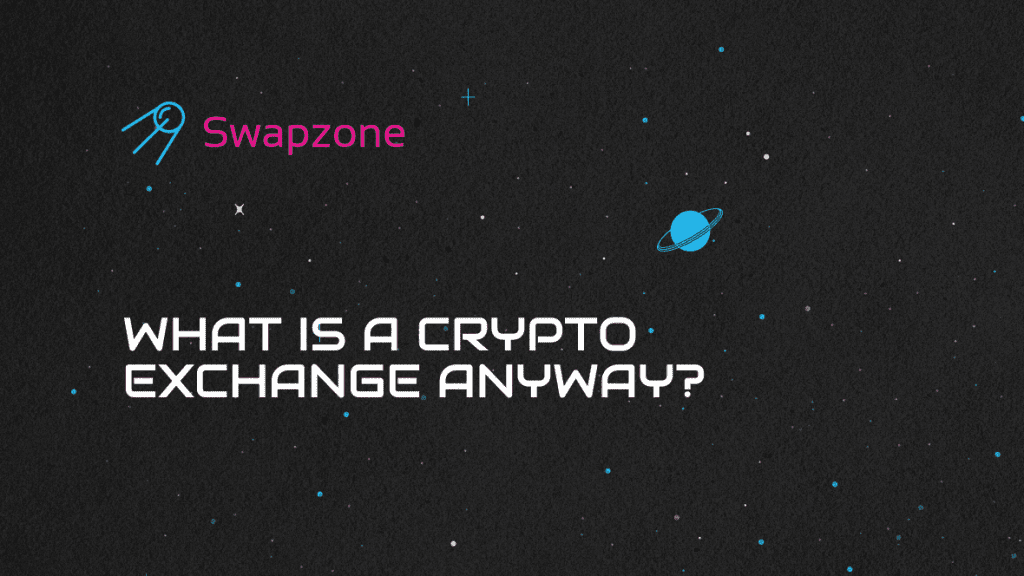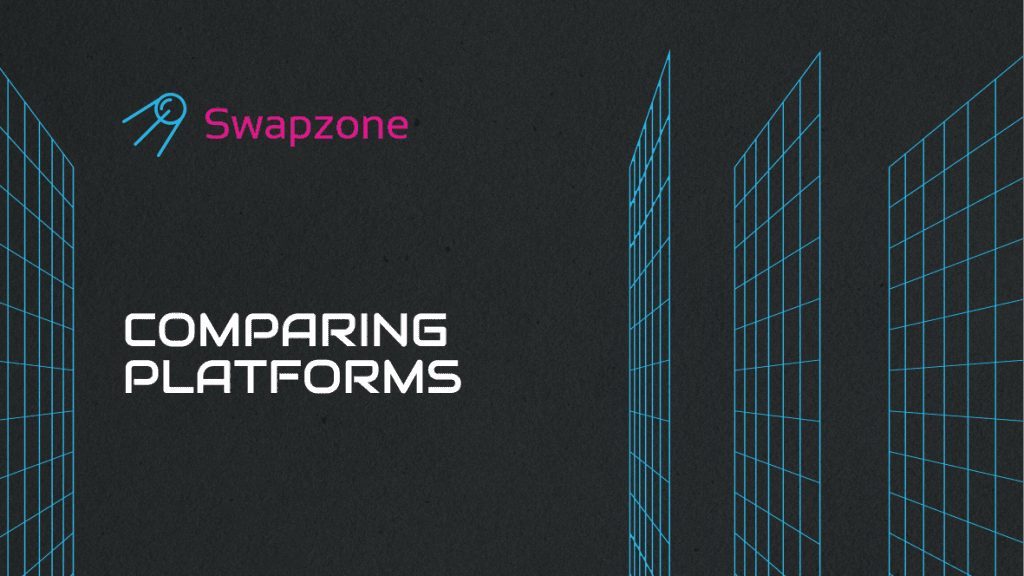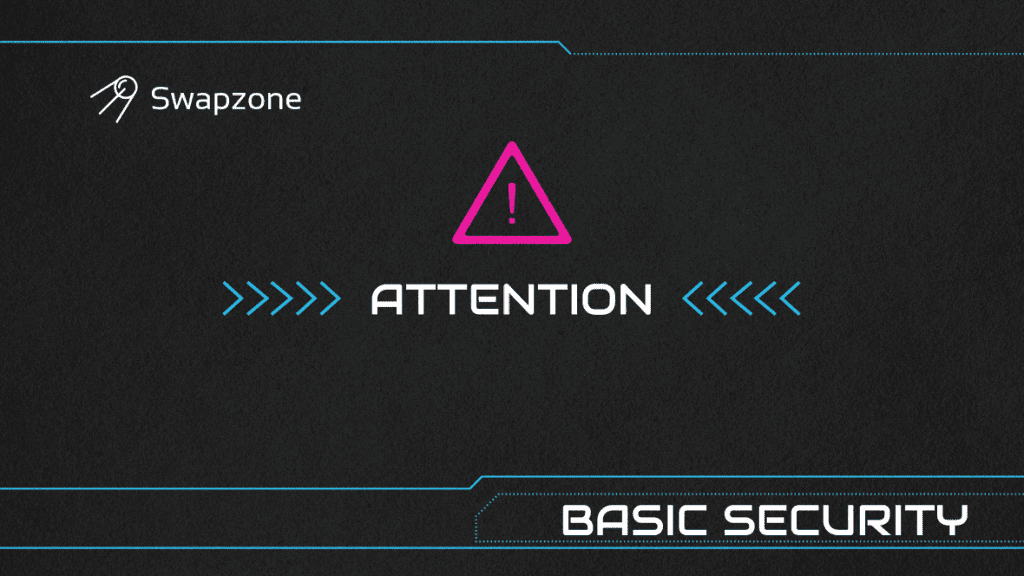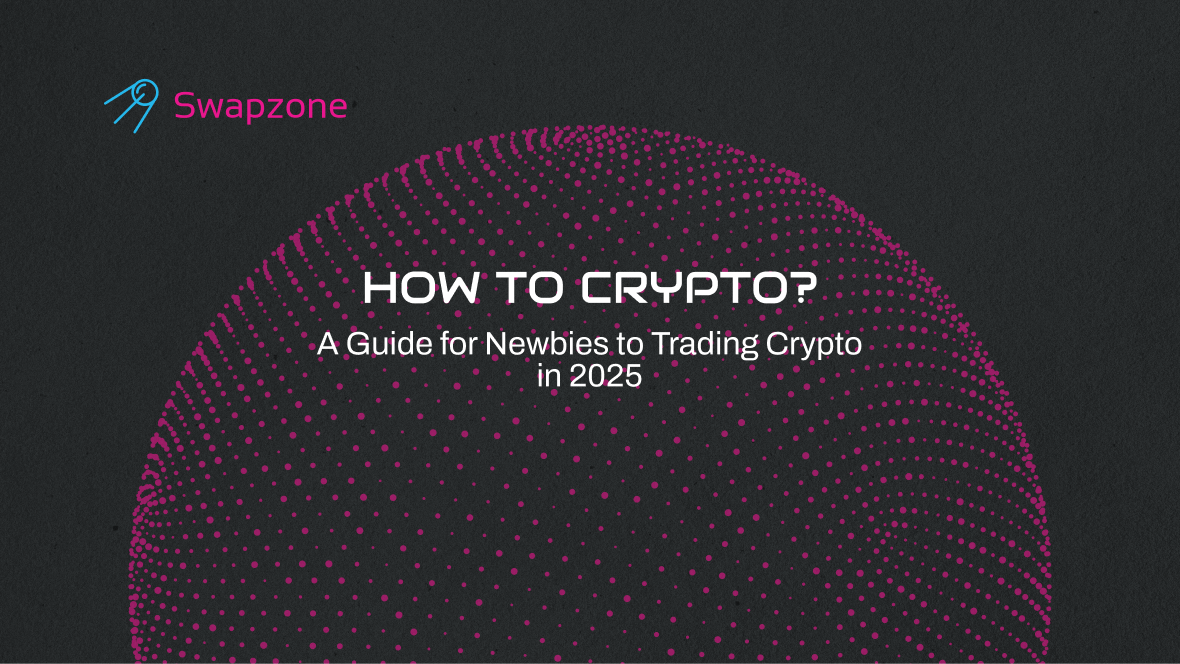How to exchange crypto?
Are you new to cryptocurrency? You’re not alone. It’s not rocket science to trade crypto, but it’s gotten a lot harder since Bitcoin first came out. There are thousands of exchanges popping up everywhere and choosing the right one can make or break your trading profits.
This guide tells new users everything they need to know, from setting up their first account to avoiding mistakes that will cost them money.
What is a crypto exchange anyway?

Cryptocurrency exchanges are like online stores where people buy and sell cryptocurrencies. Some exchanges let you trade Bitcoin for dollars, while others only let you trade one cryptocurrency for another. You can buy or sell without prices changing too much if they have a lot of trading volume.
Exchanges do a lot more than just trade these days. You can get futures contracts, staking rewards and even loans. What’s the main difference between now and 2017? When things get crazy in the markets, today’s platforms really do work.
Main tasks:
- Connect buyers and sellers
- Set prices that are fair for the market
- Hopefully your money will be safe
- Make sure you follow the rules
- Make difficult blockchain tasks simple
Different types of exchanges
Centralized Exchanges (CEX)
These are like regular stock markets. Companies like Binance and Coinbase handle everything, from your money to matching orders to customer service. You will have to show who you are but you will be covered by insurance and get the help you need if something goes wrong.
Pros: Lots of money coming in, professional tools and ways to get real money Cons: You can’t control your coins and the government can shut them down.
DEXs, which stands for decentralized exchanges
You can trade right from your wallet with smart contracts. Two well known ones are Uniswap and PancakeSwap. You don’t need to go through a middleman or do KYC but if you make a mistake you won’t be able to get help.
Pros: You control your money, your privacy and can’t be censored. Cons: Fees go up when the network is busy and interfaces are hard to understand.
Platforms that have a lot of things on them
A new kind of exchange that wants to be as easy to use as CEX and as safe as DEX. Most of these are still in the beginning stages.
How Exchanges Work in Real Life
When you trade the exchange’s matching engine finds someone who is willing to take the other side. Market orders are filled right away at the prices they are at now. Limit orders wait for the price you want to pay to hit.
The order book shows all open buy and sell orders in order of price. When order books are full you can trade a lot without prices dropping too much.
The Price
Most exchanges charge between 0.1% and 0.5% per trade. People who buy and sell a lot get lower prices. Watch out for:
- Costs for trading (0.1% to 0.5%)
- Fees for deposits (usually free for crypto)
- Set amounts for fees for taking money out
- Network gas fees
What to Look for

Security First
Check if the exchange has ever been hacked. Look for:
- Storage in the cold (more than 95% of the money is not online)
- Two-step verification
- Allowing withdrawals
- Insurance coverage
- Checks on security on a regular basis
Supported assets
Major exchanges have hundreds of different cryptocurrencies. Smaller platforms might have better rates on some coins but they don’t have as many coins to choose from.
What the user has done
When markets are unstable, complicated interfaces can cost you money. It’s better to keep things simple when you’re first starting out than to add a lot of features.
Comparing Rates
Smart traders don’t just accept the first rate they see. Prices can be 2% to 5% different between exchanges when the market is unstable. When you’re dealing with big amounts, that’s a lot of money.
Before you trade, check out more than one platform. Some people are better at trading major pairs, while others are better at trading altcoins. Using tools that compare rates across exchanges will help you find these chances without having to switch between tabs.
Preparing Your First Account
Most reputable exchanges will ask you to prove your identity (KYC). You will need to upload a government ID and proof of your address. Depending on how many applications are already in line, it could take anywhere from a few minutes to a few days to process.
Ways to Make Money
- Bank transfer: is the cheapest way to send money but it can take a long time (1 to 5 business days)
- Credit cards: are fast but expensive (2–5%)
- Crypto deposits: are free and take only a few minutes to show up
First Deals
Do little things when you first start using the interface. Market orders are great for beginners because they happen right away at the current price. Limit orders let you set exact prices which could help you save money when prices go up or down.
Here are the steps for basic trading:
- Pick the pair you want to trade, like BTC/USD or ETH/BTC
- Choose the type of order: limit or market
- Put in the trade amount
- Check the fees and the total amount
- Make an order
- Watch how things are done
Comparing Platforms

ChangeNOW: People who value their privacy can make instant exchanges without KYC. 0.25% to 0.5% for 380+ coins. Good for fast exchanges that don’t require much verification.
SimpleSwap: Easy to use interface for 1500+ digital assets. Clean design for newbies to crypto. 0.1% to 0.4% fee.
Changelly: is an old platform since 2015 with CEX and DeFi features. 1000+ tokens and 100 real-world currencies. Tools for pros 0.5% to 2%.
Swapzone: is a rate aggregator that looks at offers from over 15 partner exchanges including ChangeNOW, Changelly and StealthEX. Shows rates in real time so you can get the best deals without having to check many accounts.
The Smart Way to Use Aggregators for Exchanges
Individual exchanges work as they should, but aggregation platforms changed the way experienced traders trade. Instead of checking rates by hand on each platform, these services scan many of them at once.
Swapzone takes away the boring job of checking rates. The platform compares real-time deals from reliable partners and shows you the best ones to make you money. Rates can change a lot in just a few minutes when the market is unstable. If you had to log into multiple accounts at once you would miss out. Live comparisons let you take advantage of those chances.
Being open is better than being loyal to the platform. You can see all the rates available instead of just the prices from one exchange. Some platforms are better for major pairs and some are better for altcoins. Aggregators show you these patterns so you can make the best decisions based on what’s happening right now.
They don’t keep your money, but safety is still the most important. Transactions happen directly with well known exchanges that follow the rules for keeping things safe. You can compare prices without losing security.
Basic Security

Keeping Your Account Safe
- Make your passwords long and hard to guess
- Use authenticator apps (not SMS) for 2FA
- Add withdrawal addresses to the whitelist
- Check your account activity regularly
Common scams
- Fake exchange sites with slightly wrong URLs
- Emails asking for login info through phishing
- Fake customer support on social media
- Fake apps in official app stores
Real exchanges will never ask you for your password or private key in an email.
Things to consider when storing
The old saying “Not your keys, not your crypto” is still true. Exchanges are good for trading, but if you want to hold onto your coins for a long time you might want to look into hardware wallets. Many traders use a mix of both: they trade small amounts on exchanges and keep larger amounts in their own wallets.
Advanced features
Traders who have been around for a while need advanced tools. Exchanges today offer:
- Advanced charting with more than 100 technical indicators
- Trading bots that work on their own
- Access to APIs for custom apps
- Analytics and portfolio tracking
- Risk management tools like stop-losses and take-profits
With cross-chain technology you can trade between different blockchain networks without needing a central authority. Layer 2 solutions speed up and lower the cost of trading. These new features make using the service easier and safer.
Questions and Answers
Are exchanges for cryptocurrencies safe?
Good platforms offer cold storage, insurance and following the law. To stay safe you should follow best practices and use well known platforms with a good reputation.
How much does it cost?
Trading fees are usually between 0.1% and 0.5% of the amount being traded. People who buy and sell a lot get lower prices for big orders. Market makers usually only charge a small fee (0.1% or less), but platforms for beginners may charge 1% to 4% for simple transactions.
Do I have to prove who I am?
You need to do KYC on most centralized exchanges. Some decentralized platforms and non-custodial services let people trade without having to show who they are but there may be some limits.
Things new traders need to know
Don’t let the fact that it’s hard to get started with crypto stop you. Cryptocurrency exchanges have gone from being simple places to trade to full financial systems that help millions of people all over the world. To be successful you need to pick platforms that fit your trading goals, risk level and how you want to trade.
Safety, following the rules and easy to use interfaces should come before low fees for new users. There are a lot of educational resources and good customer service on Coinbase and Gemini. This is great for people who are just starting out.
Traders who have been doing this for a while want a lot of liquidity across many different trading pairs, low fees and advanced features. Binance and Kraken are two platforms that offer professional grade tools while keeping security high.
In today’s crypto trading world you need strategies that work across multiple platforms. Rate aggregation services like Swapzone give you the tools to get the most out of your trades. This means the market is always changing. Using a mix of strategies is often the way to make money. You could for example have accounts on major exchanges for regular trading and use aggregators for one-time trades and to get the best rates.
This way you won’t lose money due to platform limits or bad prices. The exchange environment will change as new technologies come out and rules become more stable. Always put security before convenience and stay up to date with the news about the platforms you can use.


